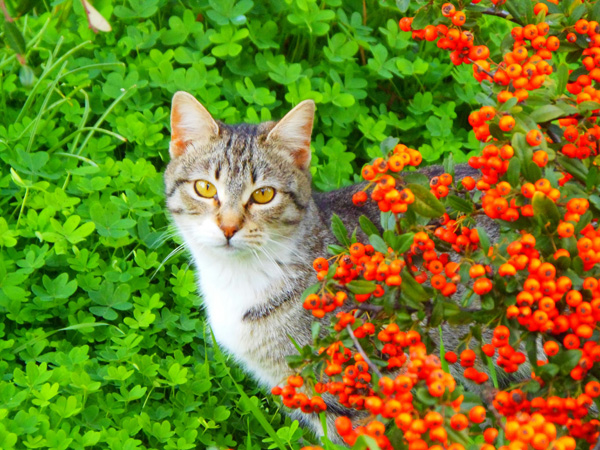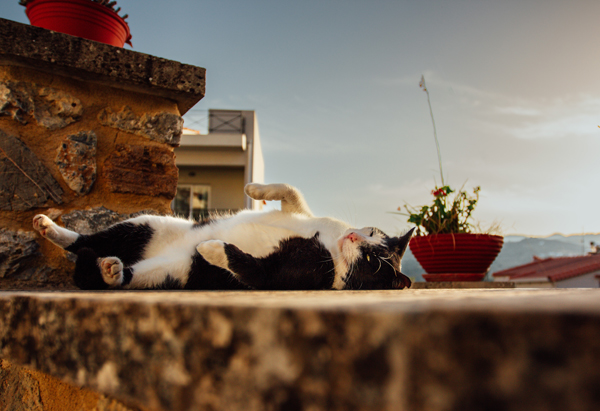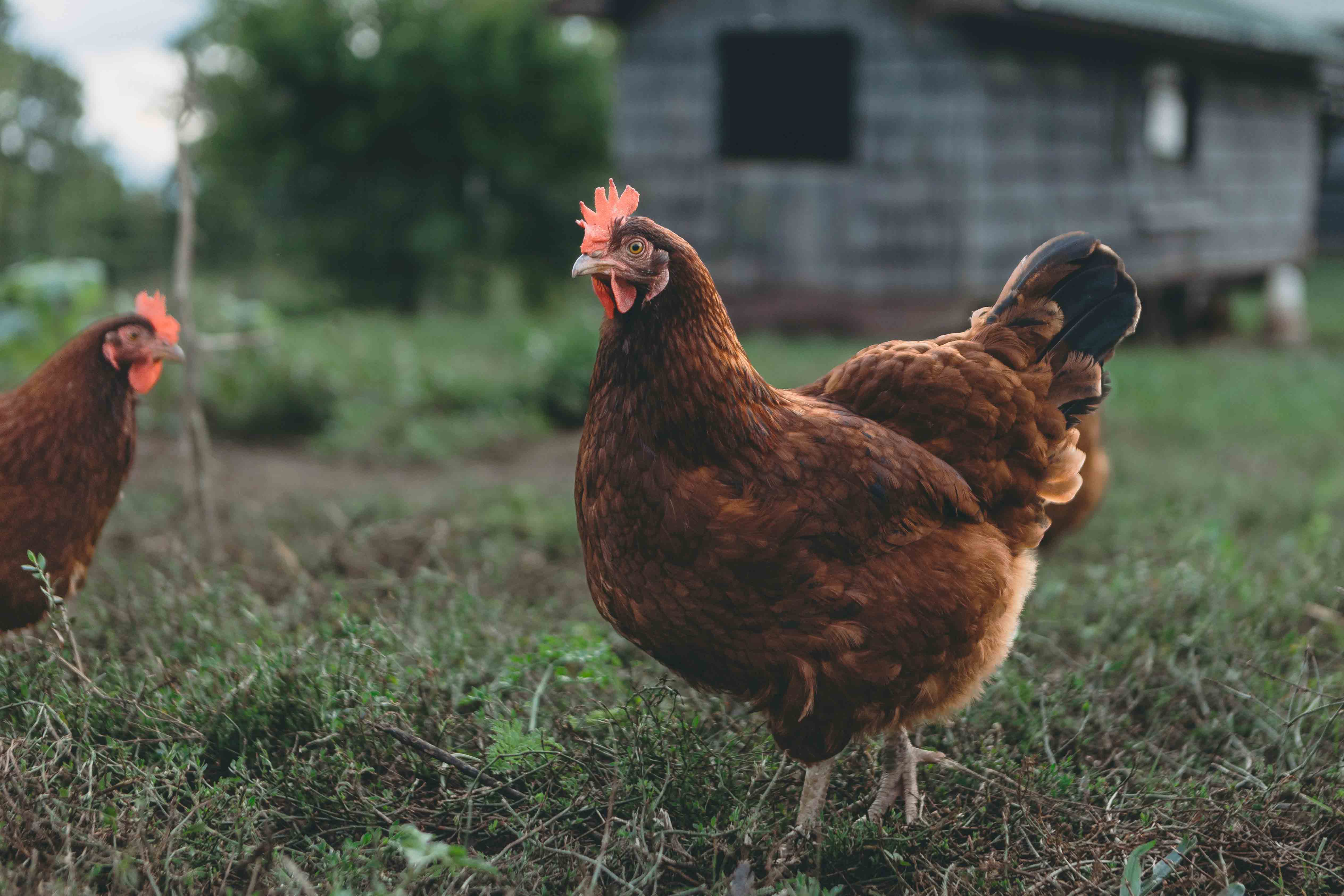
Garden tips for the green paw
If you like spending time in the garden, there’s a chance your pet pal might also consider themselves a green paw. Here are tips on garden maintenance to help you spruce up the green life and keep your fur friend safe and happy.
- Know your garden: Become familiar with the different varieties of plants and flowers growing in your garden. Many common garden plants, such as lilies, azaleas, and tulips, can be toxic to dogs and cats if ingested. If in doubt, pull it out or create boundaries for your pet.








 Fresh, crisp morning air, peace and quiet and only the sounds of nature to wake you from your sleep – sure, there are certainly many drawcards to choosing a farm or rural house sit. But knowing the routines of farm life and animal care, are just some of the things that you should brush up on before you step off the beaten track.
Fresh, crisp morning air, peace and quiet and only the sounds of nature to wake you from your sleep – sure, there are certainly many drawcards to choosing a farm or rural house sit. But knowing the routines of farm life and animal care, are just some of the things that you should brush up on before you step off the beaten track.